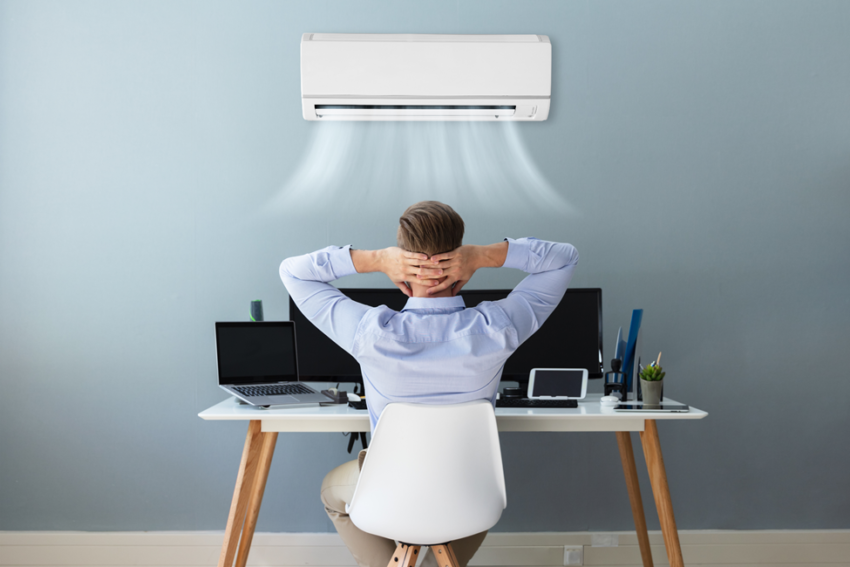Air conditioning replacement is a substantial investment. Whether bracing for the summer heat or updating an aging system, understanding the factors that influence AC replacement cost is crucial. Homeowners and real estate investors often underestimate the intricacies of what seemingly looks like a simple swap, leading to unforeseen expenses. This post will shine a light on the five major influences that can greatly sway the cost of your next air conditioning unit.
Understanding the Average Cost of AC Replacement
AC replacement cost estimate varies widely, with a national average of $3,000 to $7,000 for a standard 2,000-square-foot single-story home. This includes the price of a new unit, labor, and additional materials. However, the devil is in the details, and several key factors can significantly bump up that baseline.
The Size of Your Home
The square footage of your home directly impacts the size and power of the AC unit you need. Larger homes require more powerful units, which are naturally more expensive. Smaller homes, on the other hand, might be able to make do with more affordable, less powerful units.
The Efficiency of Your Unit
An AC unit’s efficiency is measured by its SEER (Seasonal Energy Efficiency Ratio). The higher the SEER rating, the more energy efficient the unit, potentially leading to lower electricity bills. High-efficiency units can be pricier upfront but often pay for themselves over time.
Technology and Features
Like all appliances, air conditioning units come in various models with different features and technologies. You might opt for a model with smart home capabilities, which usually comes with a higher price tag. Similarly, features like variable-speed air handlers and two-stage compressors offer better climate control but can add to the cost.
Ductwork Modifications
Replacing an AC unit is often more complex than a one-in-one-out swap. Older homes or those where the AC system was not originally designed for central air may require significant ductwork modifications for the new system to function properly. This added work can substantially increase replacement costs.
Additional Upgrades or Replacements
Replacing an AC unit can highlight the need for additional upgrades or replacements. For example, outdated or insufficient insulation can lead to an inefficient system, while older thermostats might not be compatible with newer models. Ensuring your home is ready for a new AC unit can save you significant money in the long run.
Replacing an air conditioning unit involves more than just swapping an old system for a new one. The size of your home, unit efficiency, ductwork modifications, technology and features, and additional upgrades or replacements all play a role in determining the total cost. It’s essential to consider these factors carefully and consult with HVAC professionals to ensure you make an informed decision and get the best value for your money.
Linda Barbara has worked in various capacities including as an interior designer, a teacher and the proud owner of a home décor blog, upgradehometutors.com.

